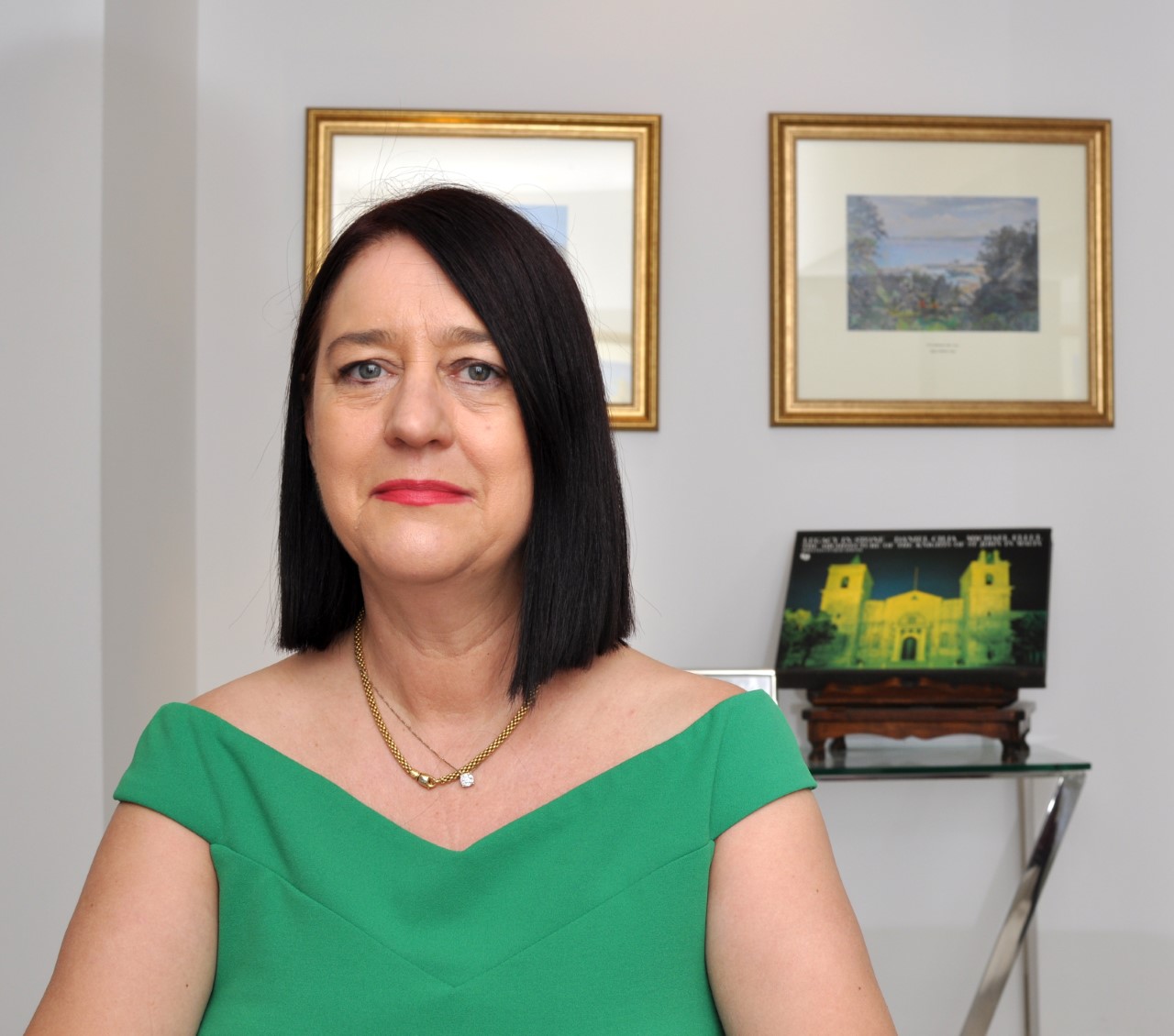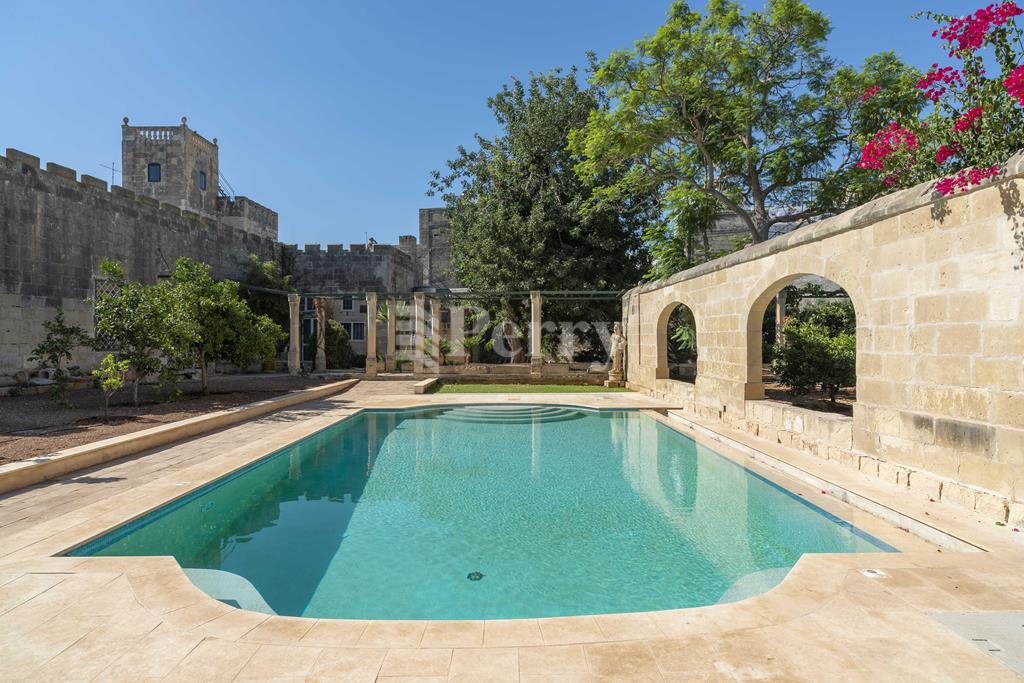
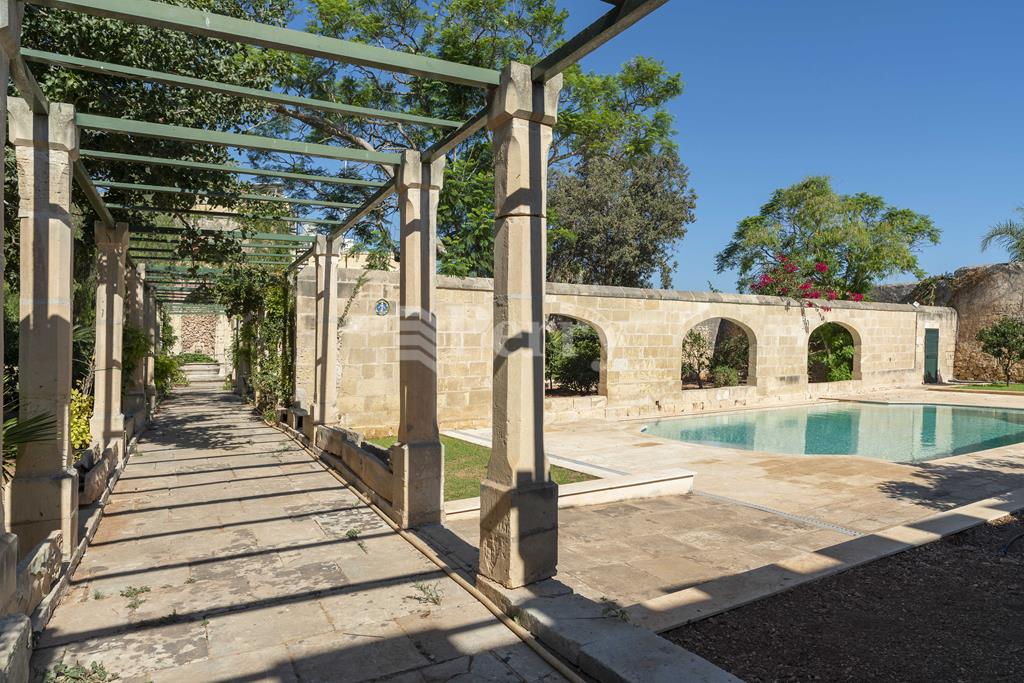
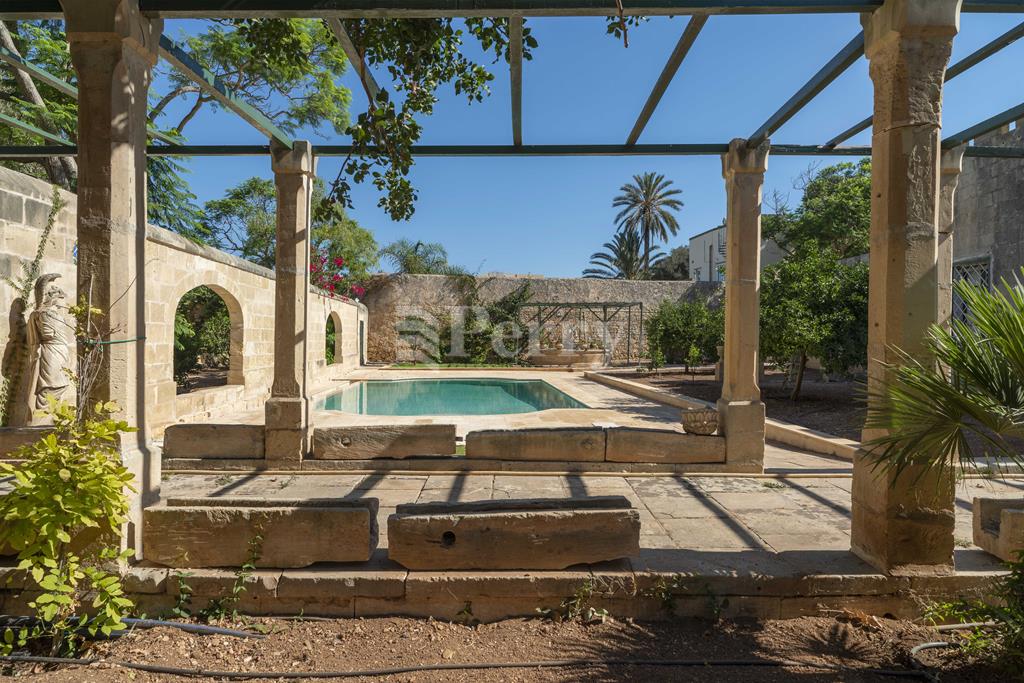
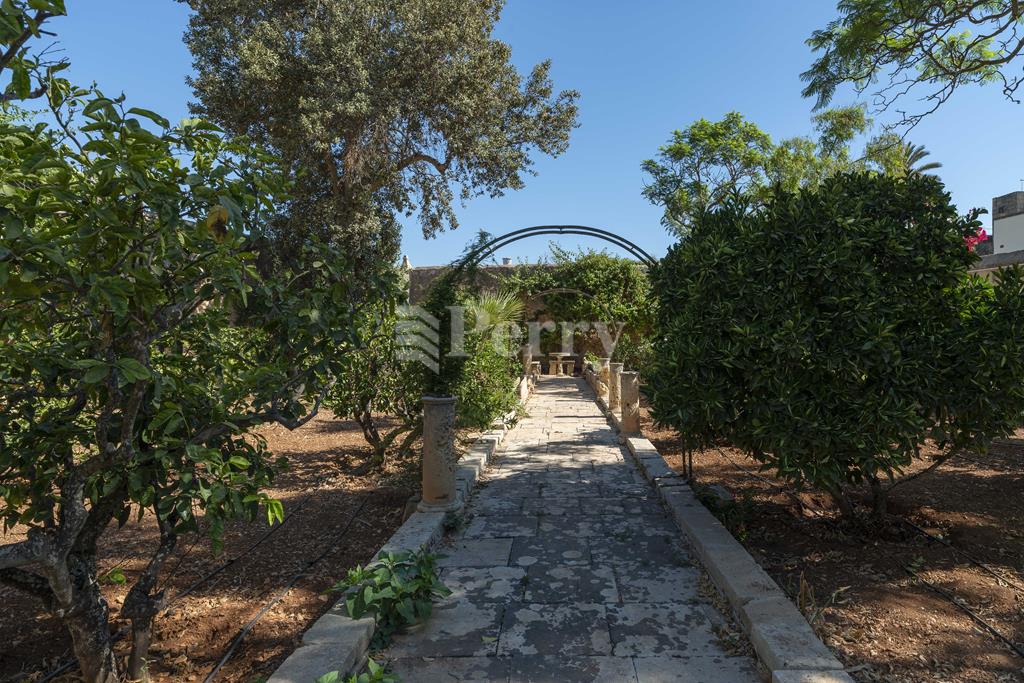

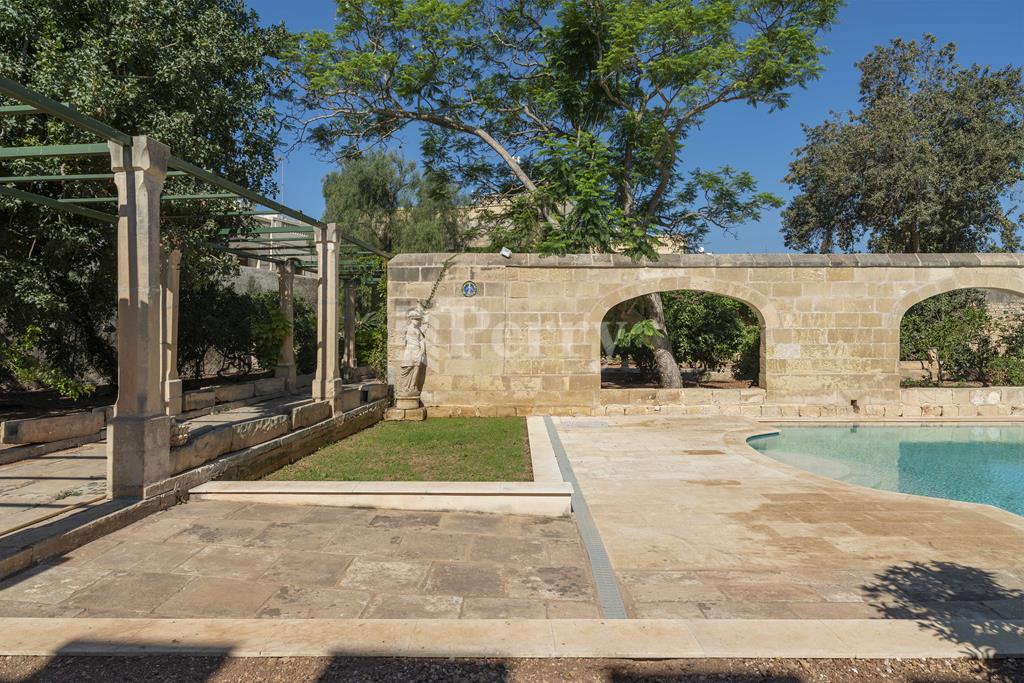
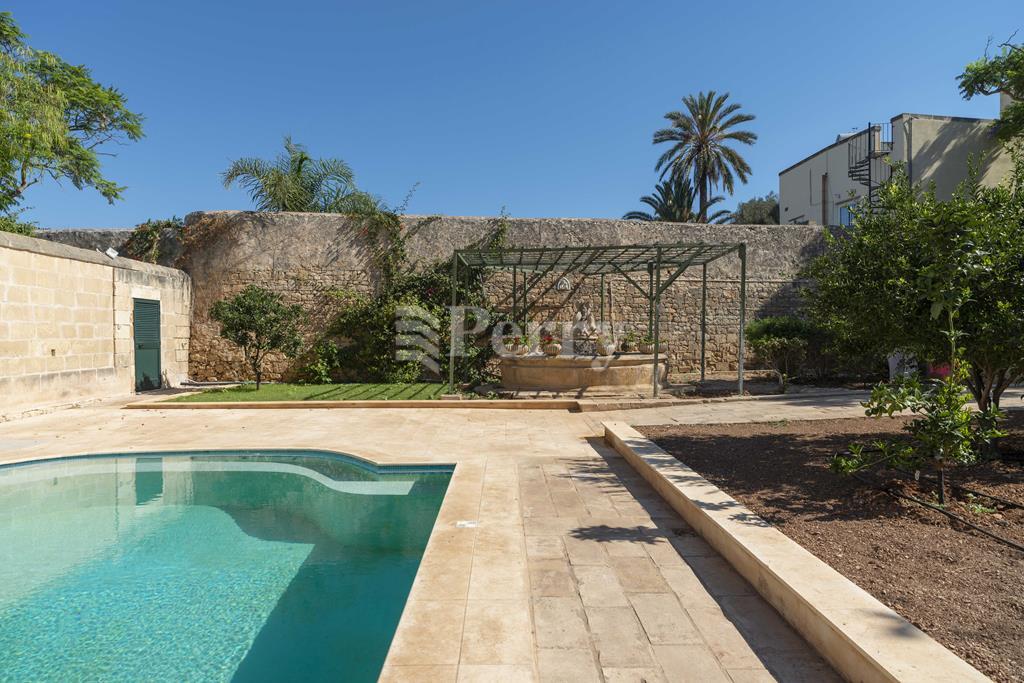
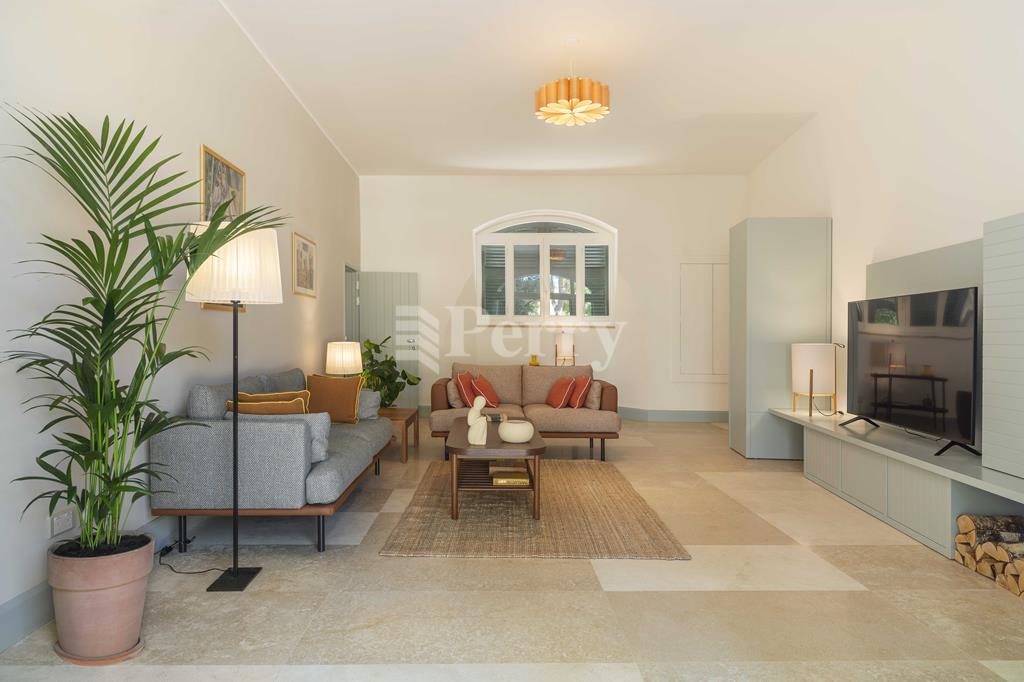
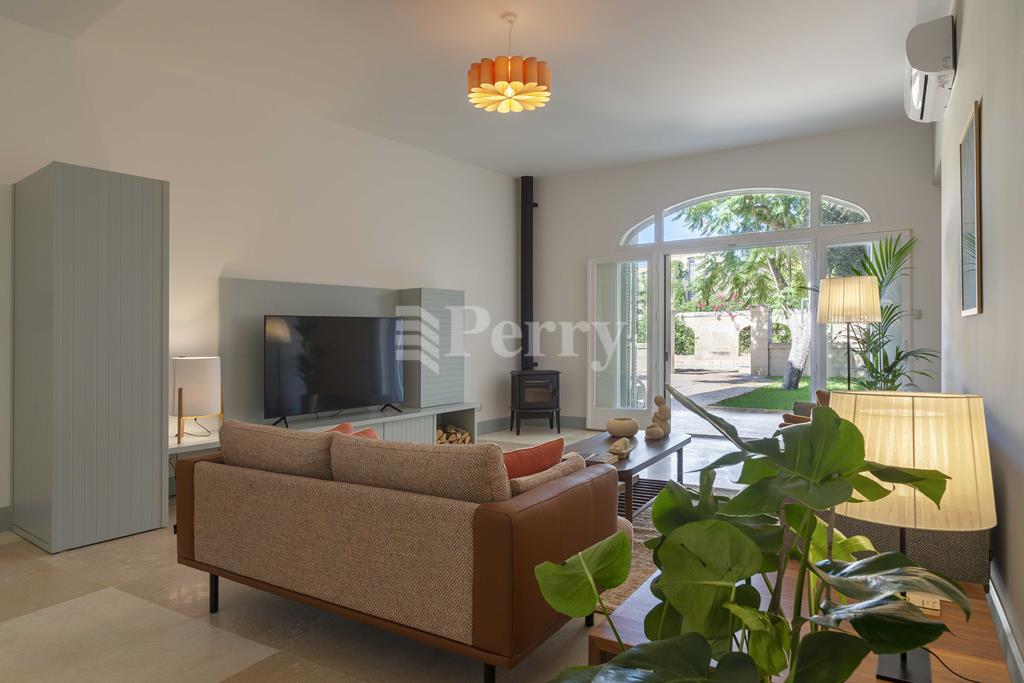
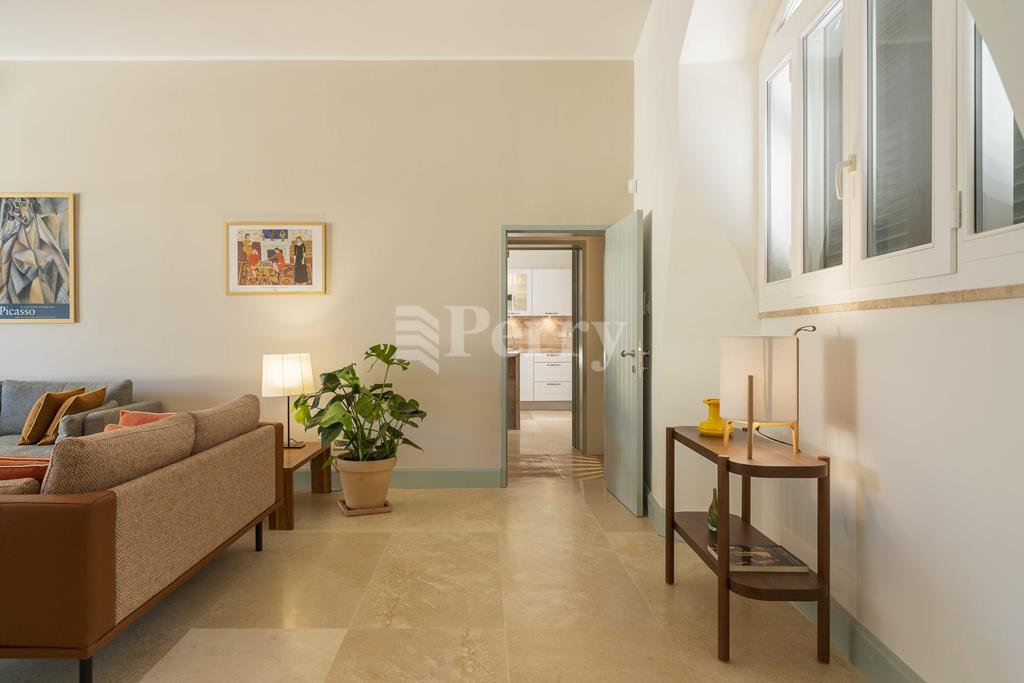
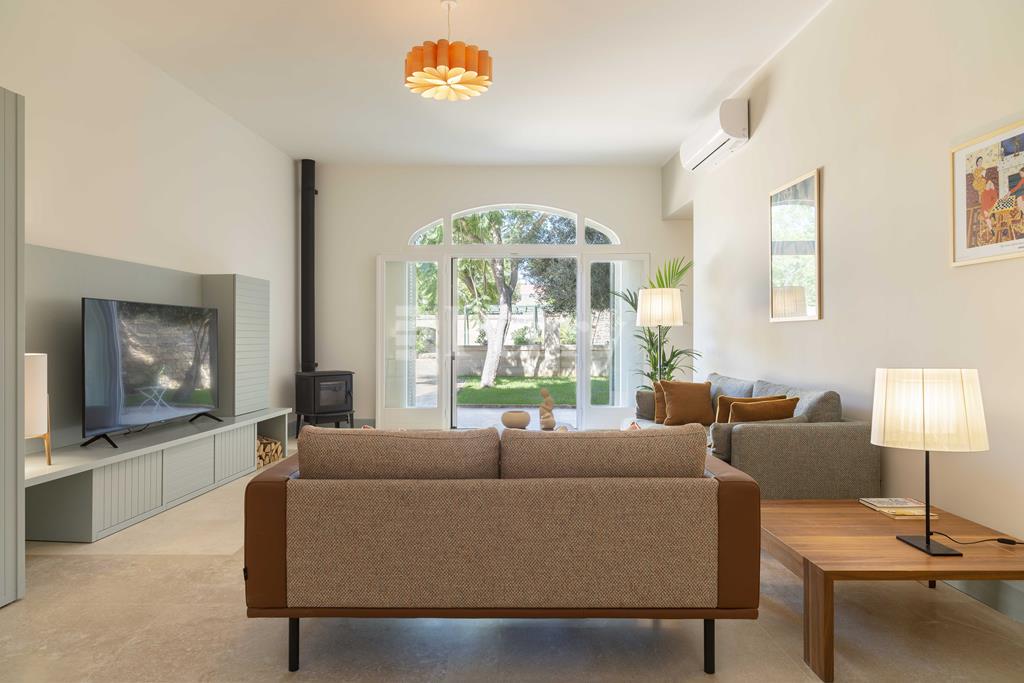
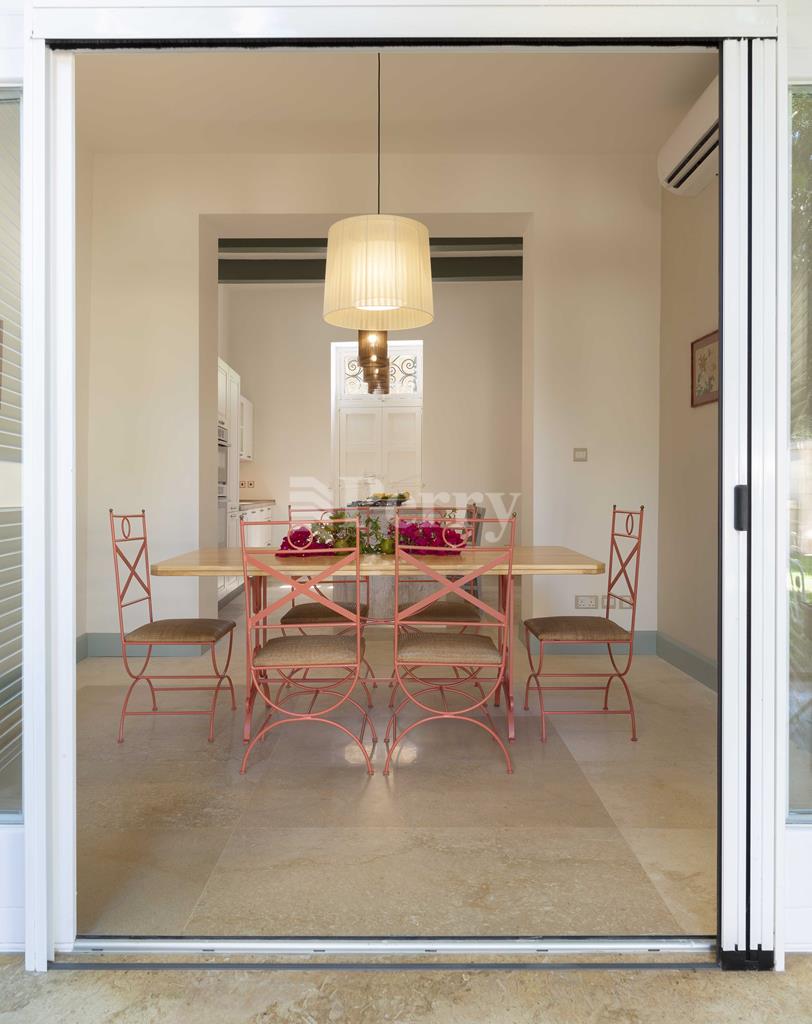
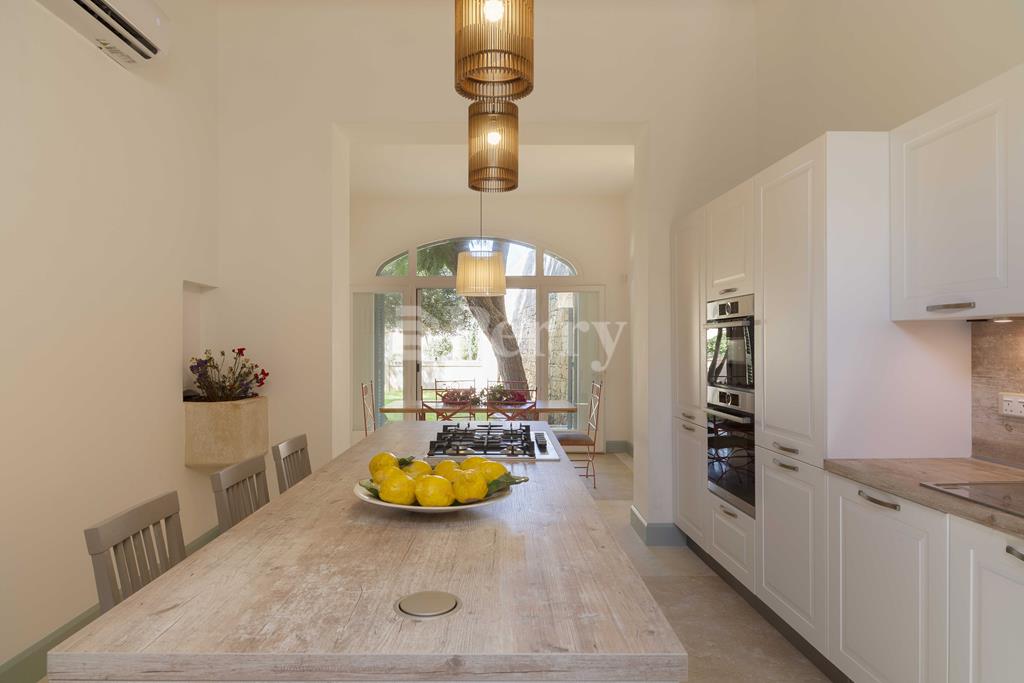
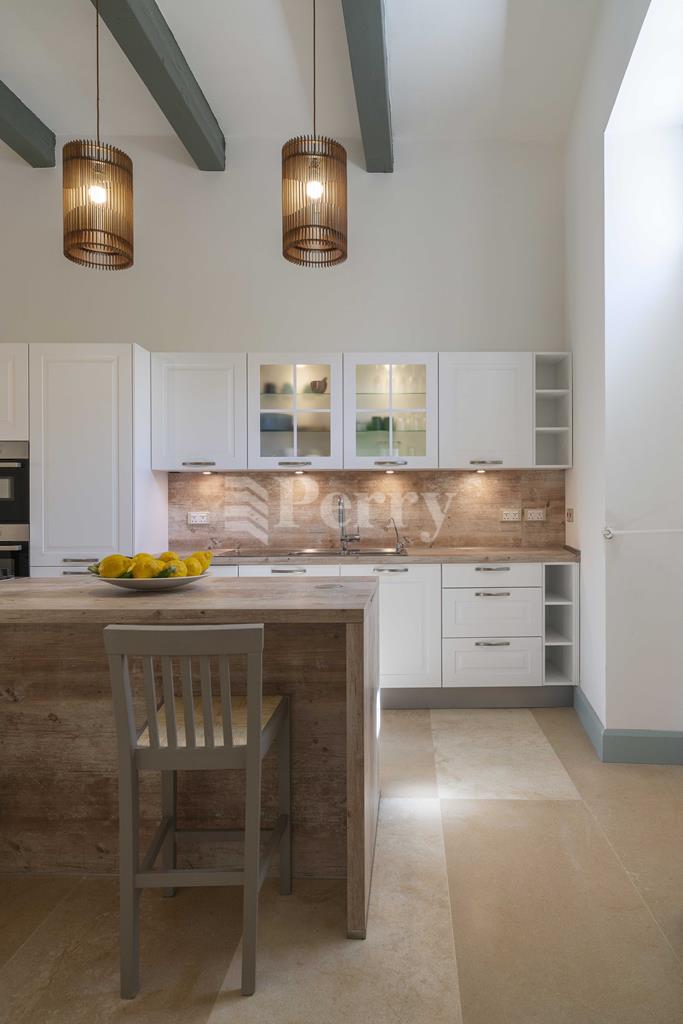
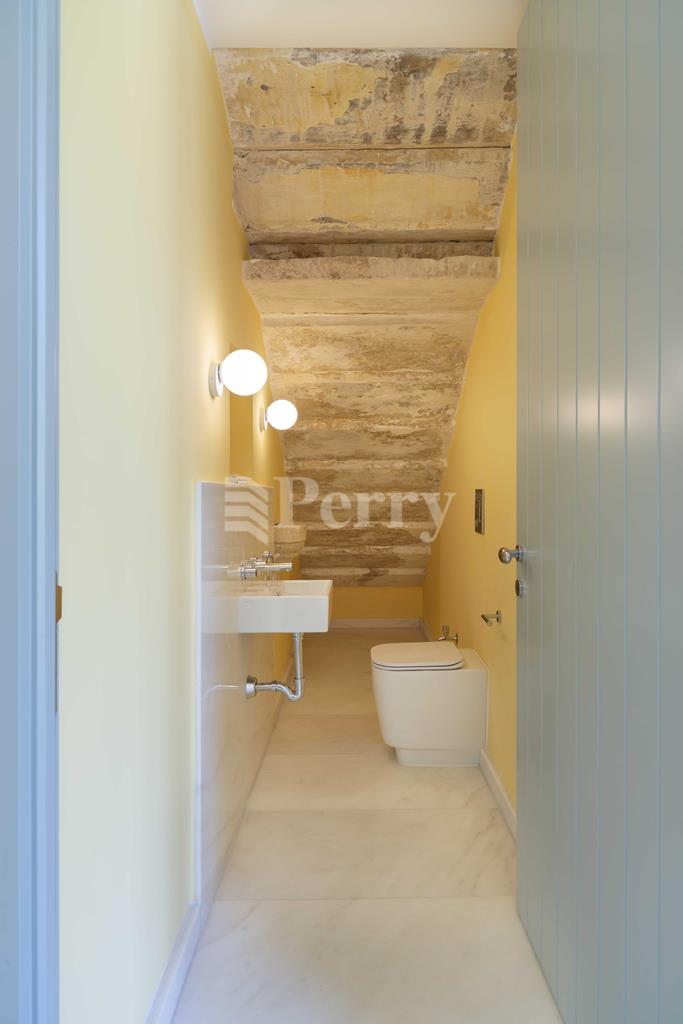
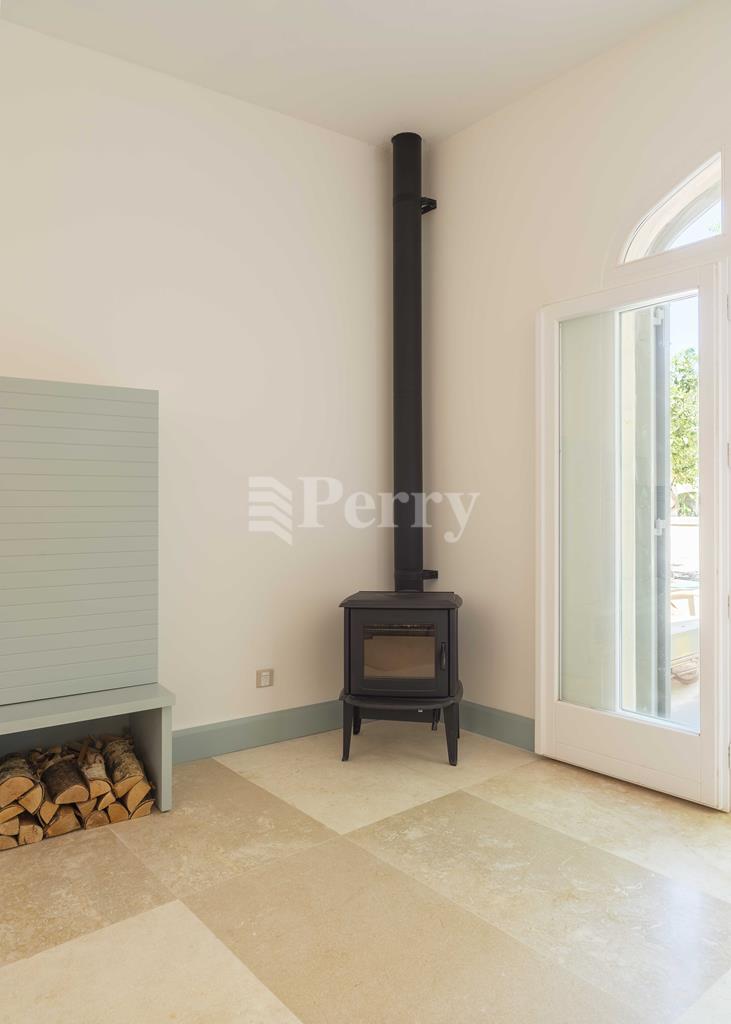
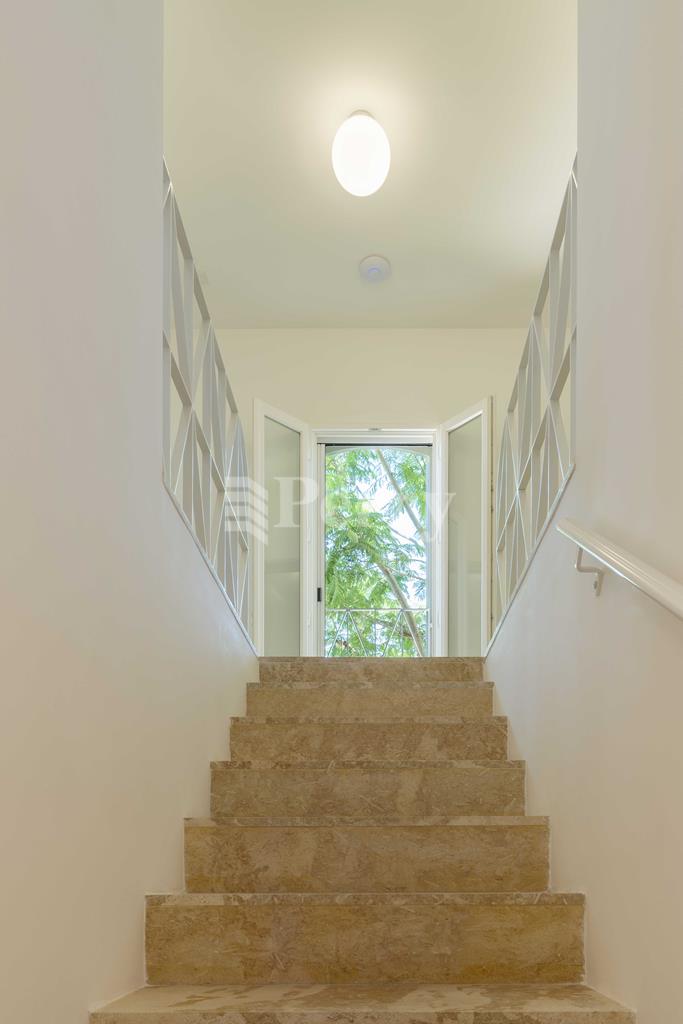
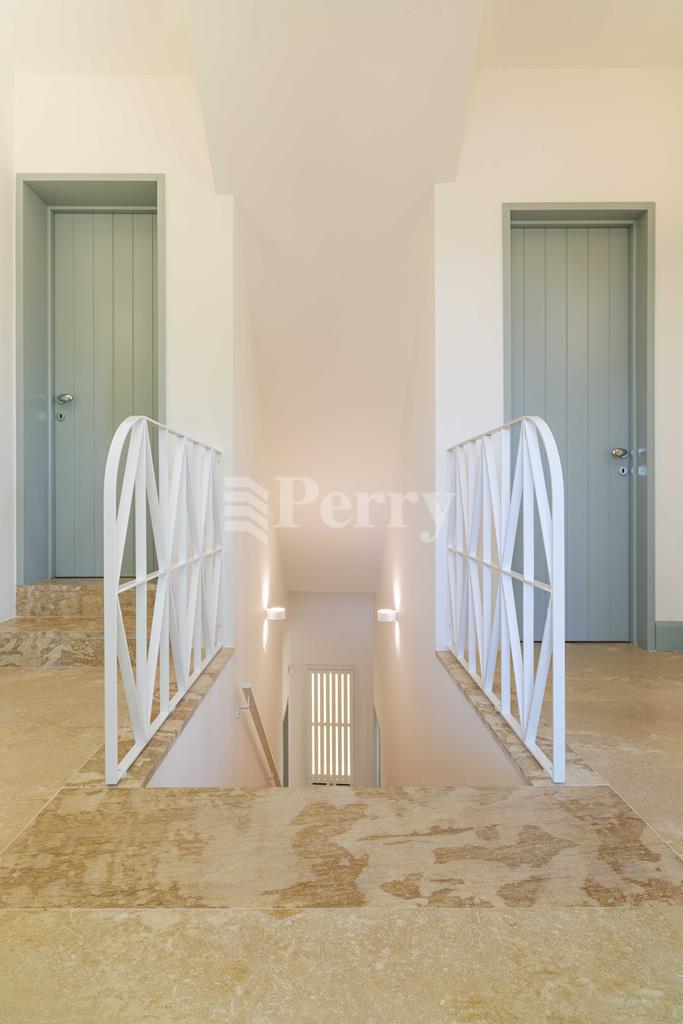
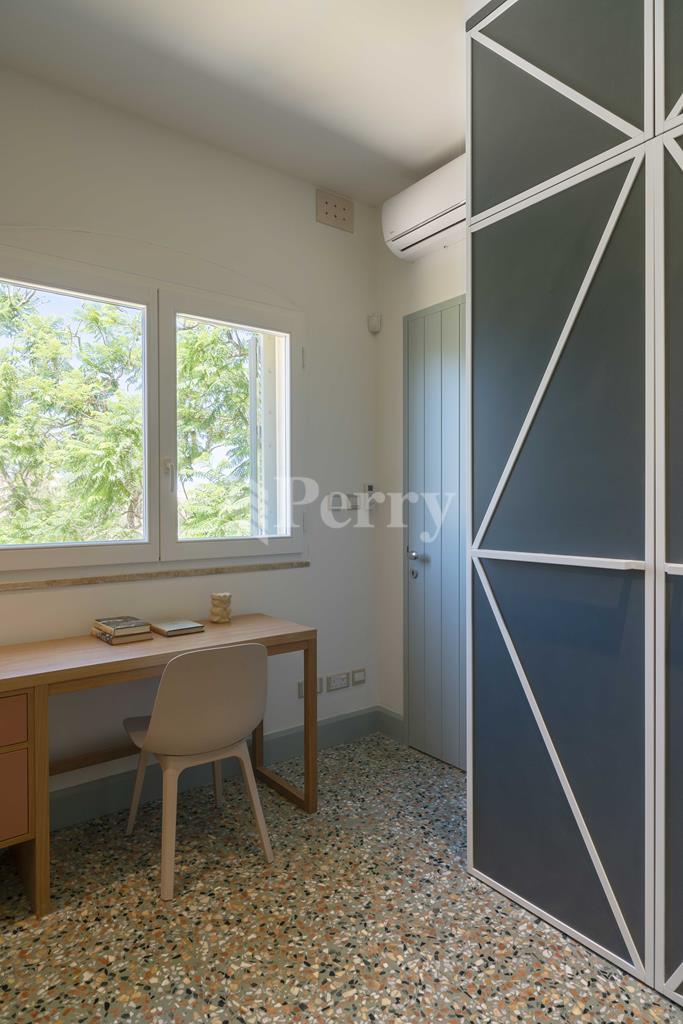
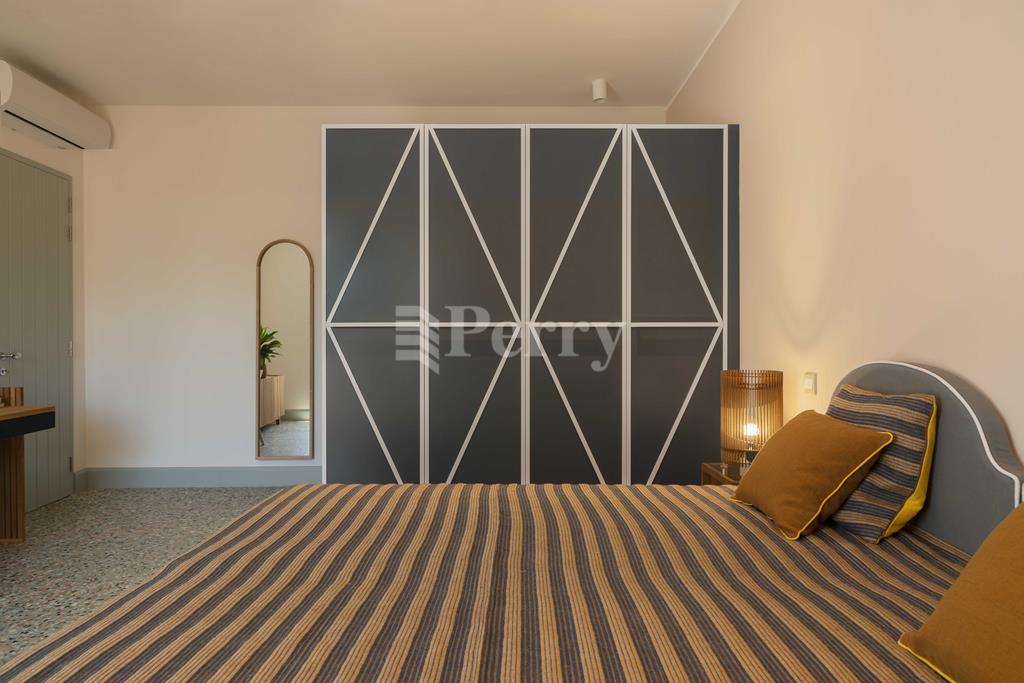
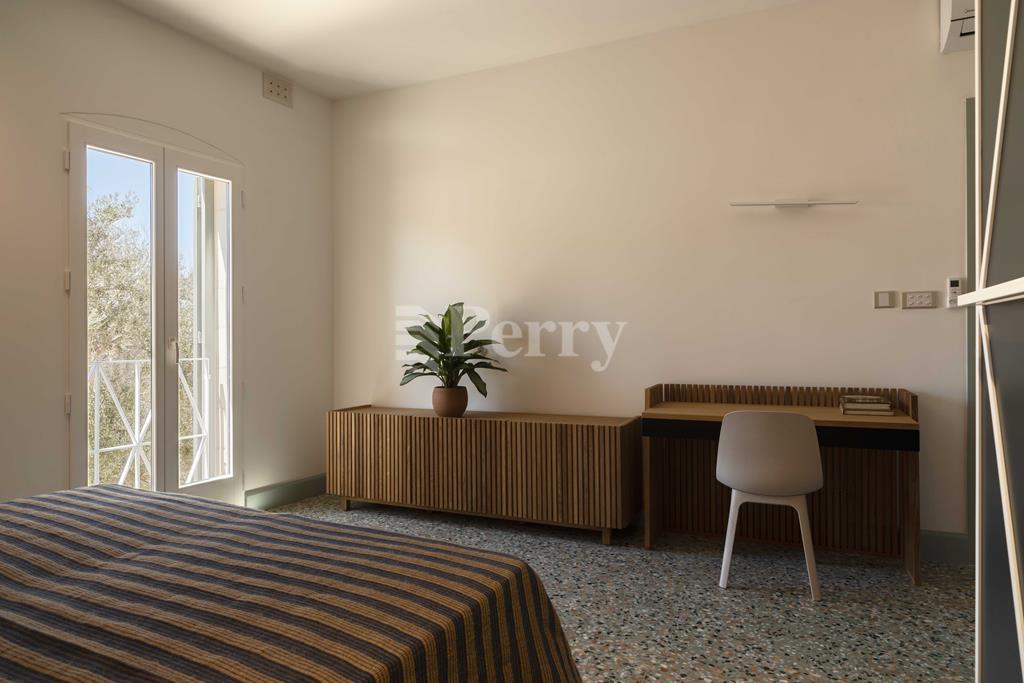


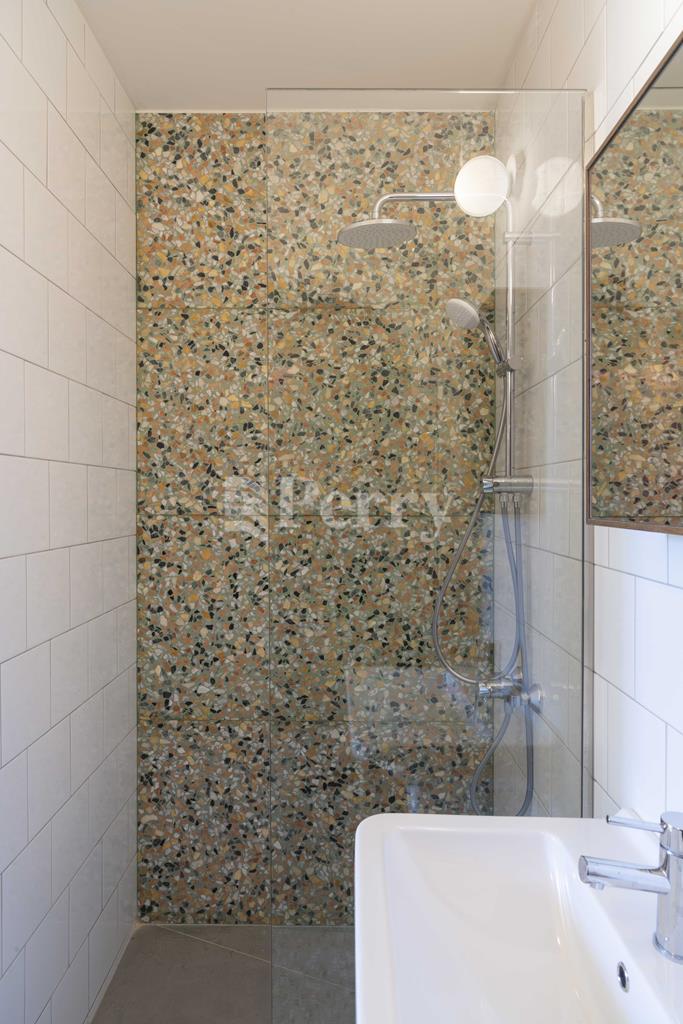
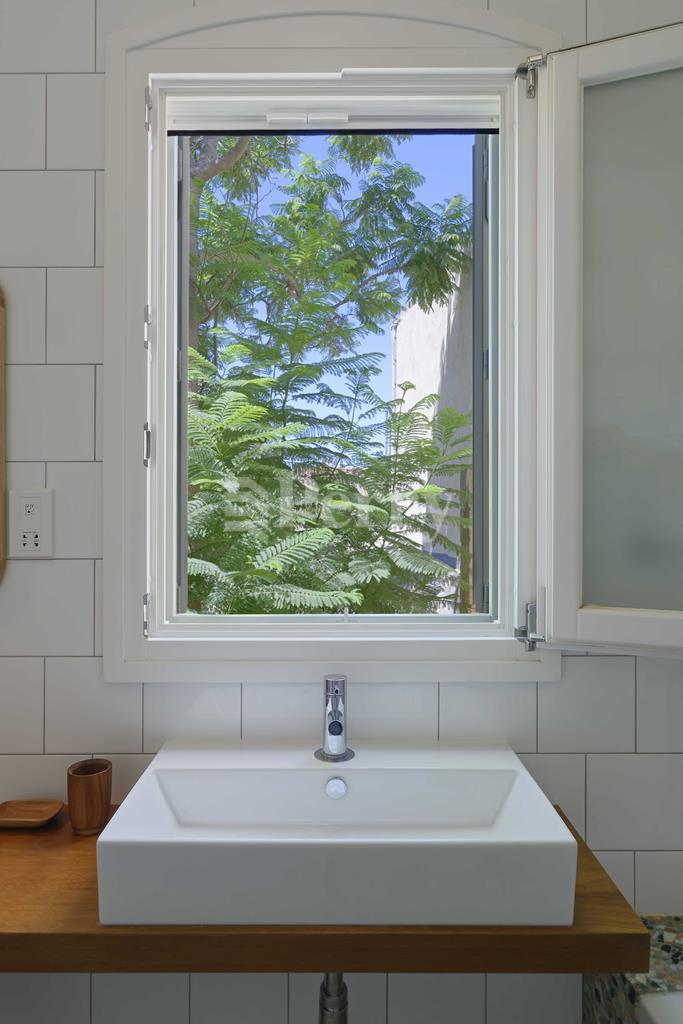
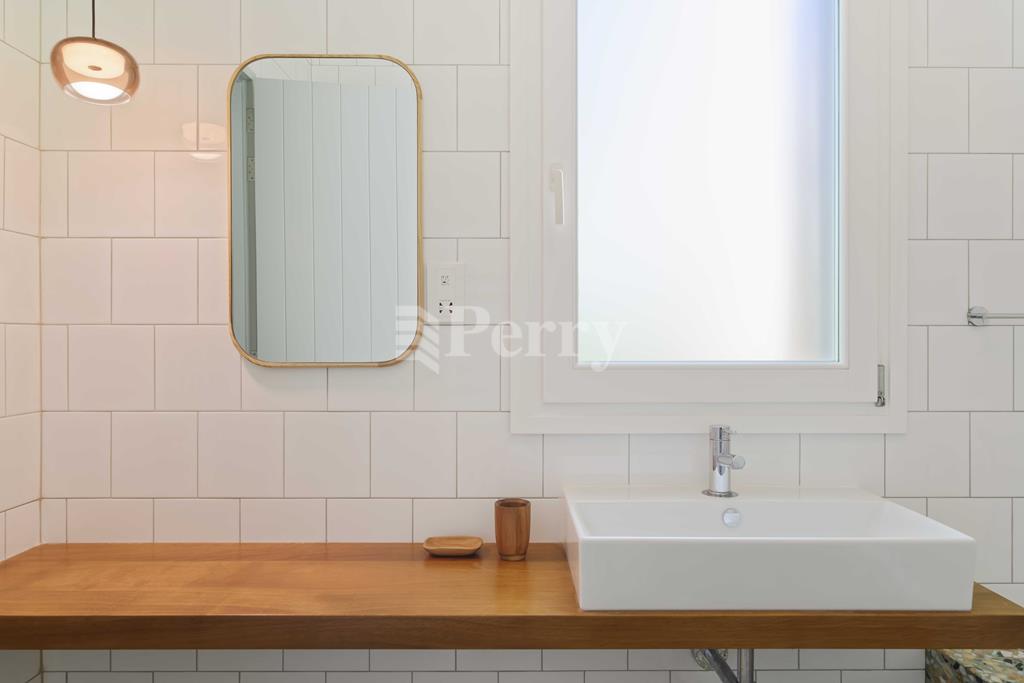
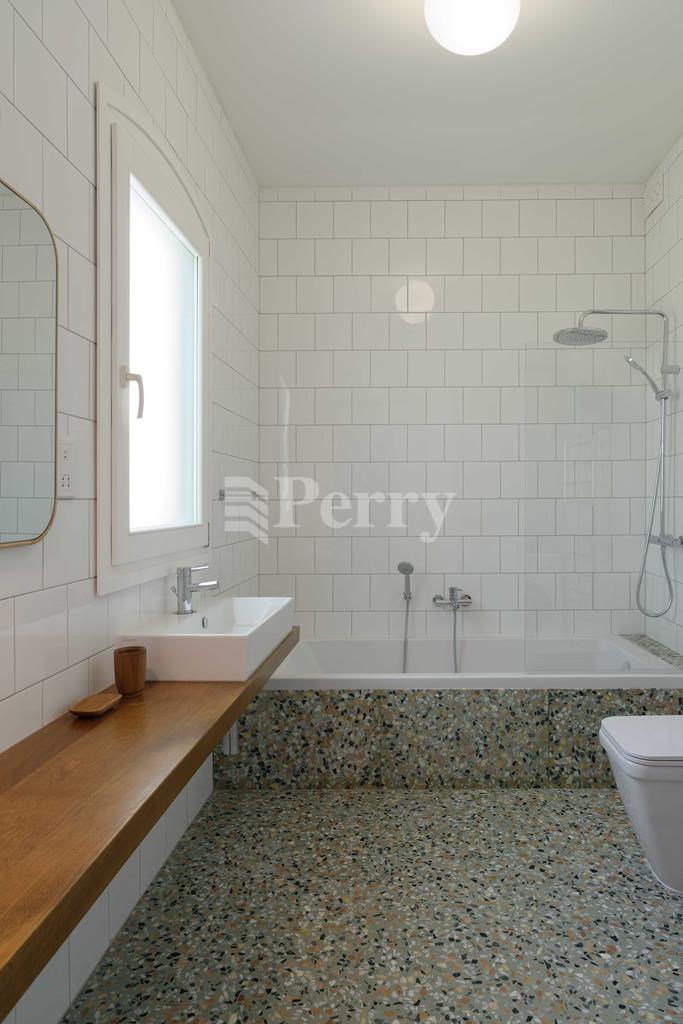
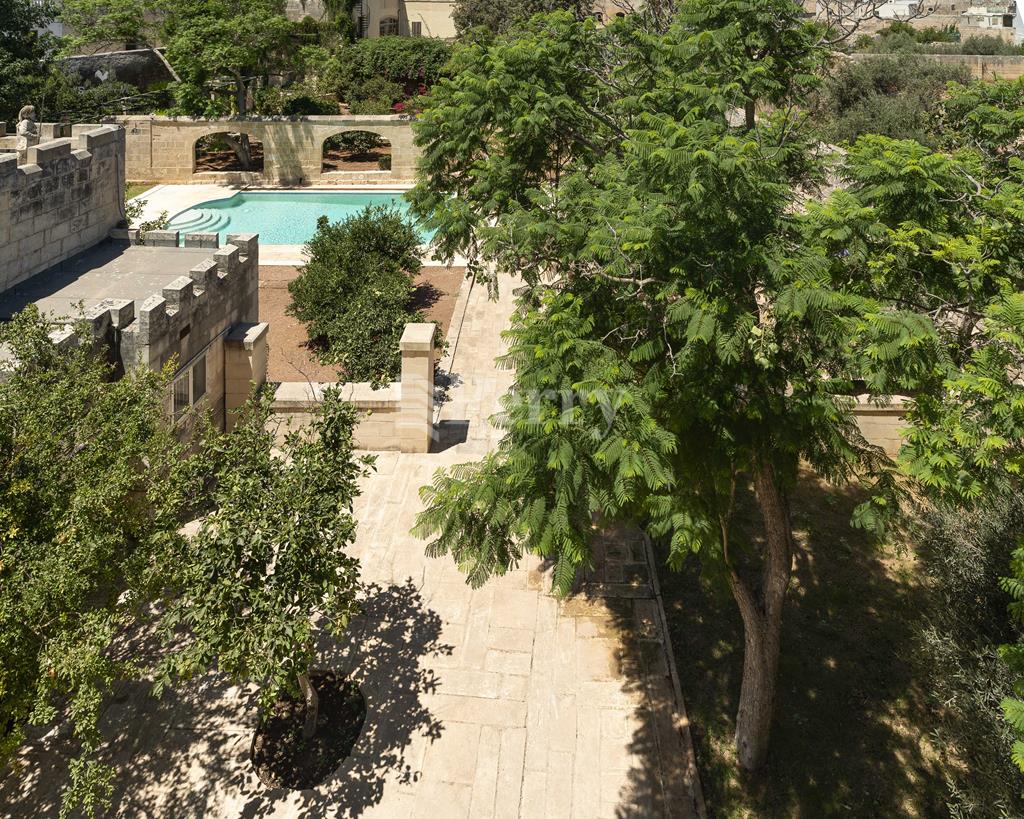
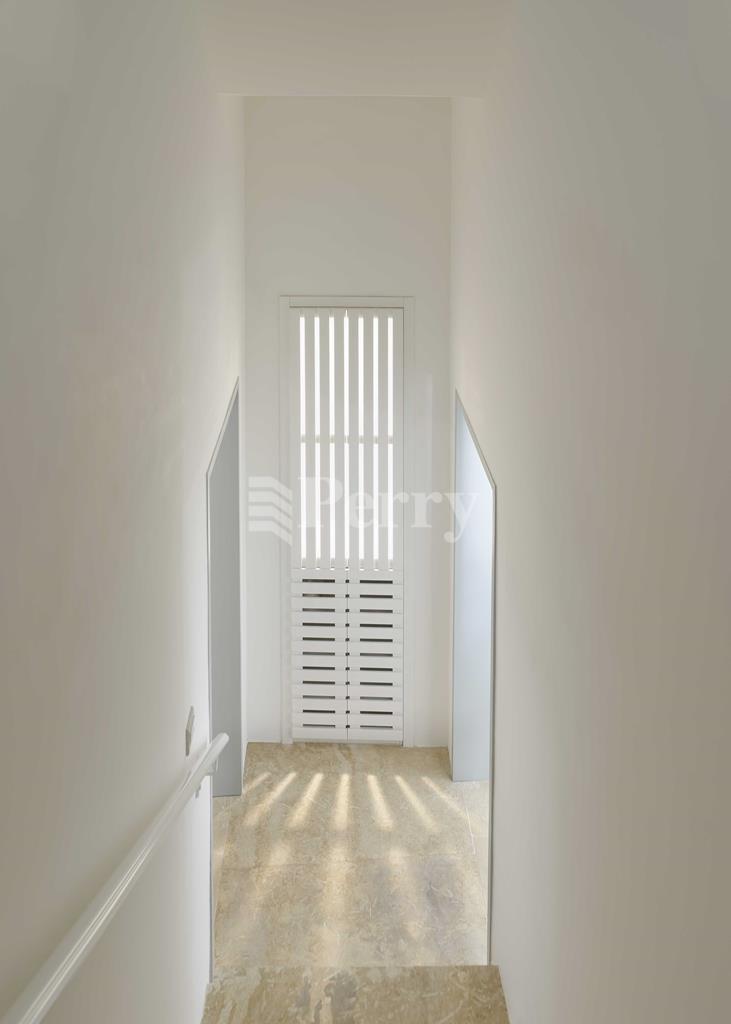
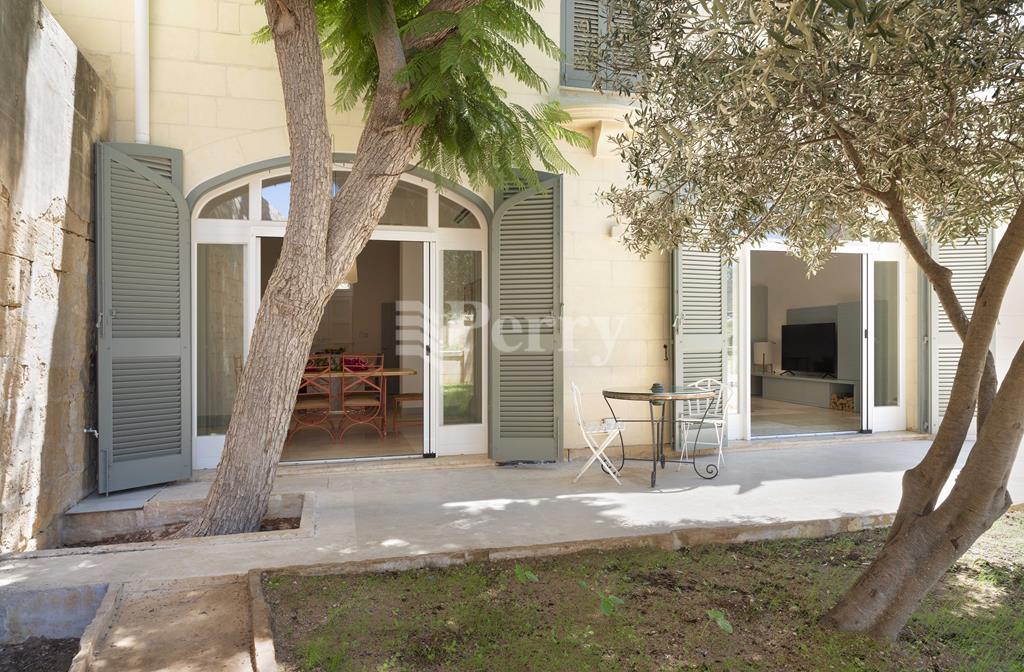






























Description
A spectacular PERIOD COTTAGE benefiting from an abundance of character and full of personality, enjoying use of over 1000sqm of gardens and grounds including large private swimming pool. It is believed that the existing house primarily dates from the mid-18th century and the glorious knights of St. John era. The property has recently been significantly adapted and enhanced by the present owners to include all modern comforts whilst retaining all the period features it possesses adding to its great charm. This enchanting property is accessed via an electric gate leading to a paved driveway having a capacity of four cars and through the front door one enters a spacious living room with wood burning fireplace and a fully fitted kitchen/dining area. Upstairs one finds three bedrooms and two bathrooms (main with en-suite). The property has been decorated tastefully in neutral tones throughout, with well selected bespoke furniture creating a lovely environment and unique style. Beautiful, relaxing palatial gardens with mature trees surround the property. The peaceful garden even features a very generously sized swimming pool and deck area. Zejtun is a picturesque village, with historic streets and traditions, this village is steeped in history and offers an excellent variety of amenities.

Contact Us
Contact immobilien malta by getting in touch by any of the following options:
Features
- Swimming Pool Yes
- Garden Yes
- Airconditioning Yes
Additional details
- Bedrooms 3
- No of Bathrooms 2
- Bathrooms en suite 1
- Kitchen 1
- Dining Room 1
- Living Room 1
- Sitting Room 1
- Car port 4
- Swimming Pool type Private
Local Information Zejtun
Żejtun's origins lie in antiquity judging by discoveries in the area of Punic tombs and the remains of a large Roman villa complete with cisterns and olive press.
Olive oil production here probably continued into Arabic times: the village derives its name from the semitic word `żejt' meaning olive. The nearby prehistoric site of Ta' Silġ suggests the area was inhabited even earlier. Żejtun was elevated to town status by the last Grand Master in Malta, Ferdinand de Hompesch, who named it `Citta' Beland' after his mother's lineage. Żejtun, lying near to Marsaxlokk and Marsaskala Bays, was easily open to attack from Barbary Corsairs and the Ottoman Turks. You can still see some fortified houses in the village core.
Żejtun today retains much of historical interest. The Parish Church of St. Catherine (1692), described as `the cathedral of the South', is perhaps the finest work of Maltese architect Lorenzo Gafa'. The Old Parish Church of St. Gregory, dating back to 1592, is a fascinating church. In 1969, a secret passage was discovered in the church walls. Intended perhaps as a safe place for villagers when Żejtun was under attack, these passages revealed the skeletal remains of some 80 or so people.
